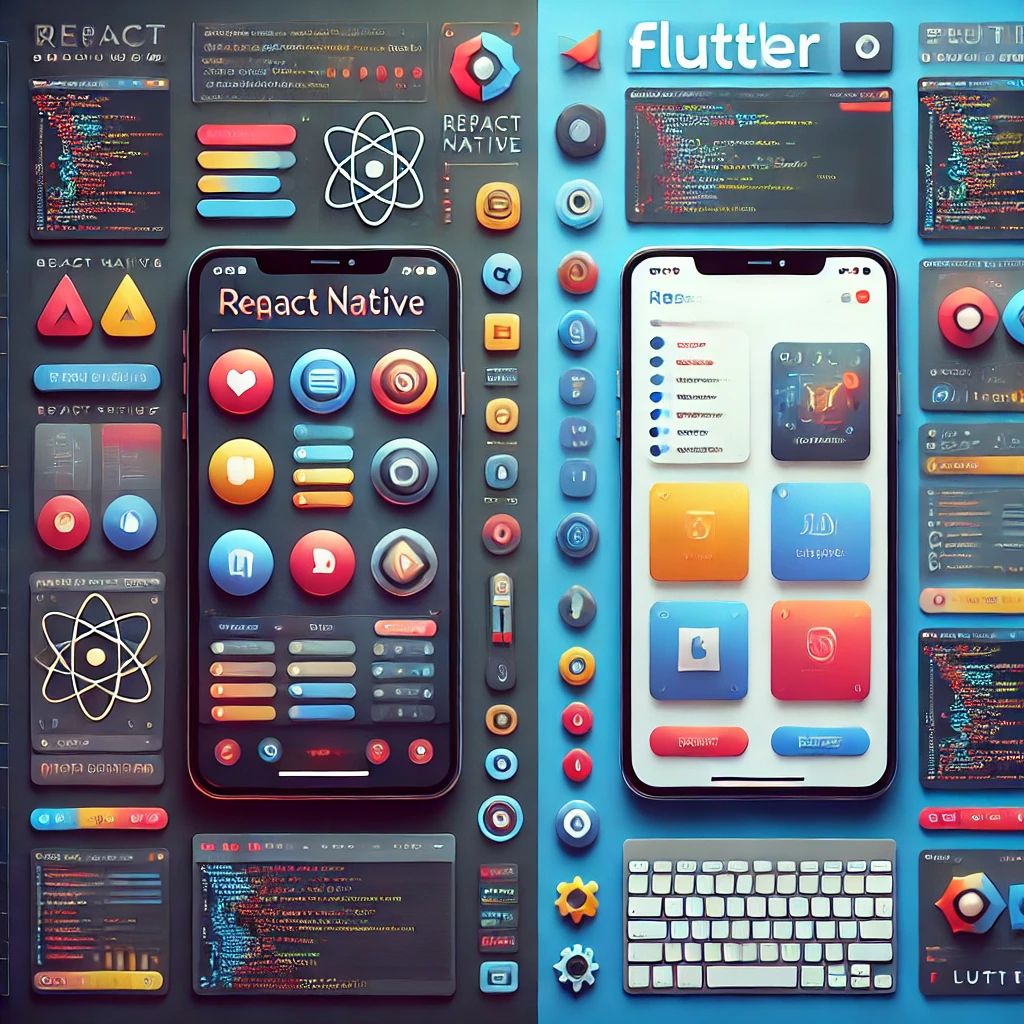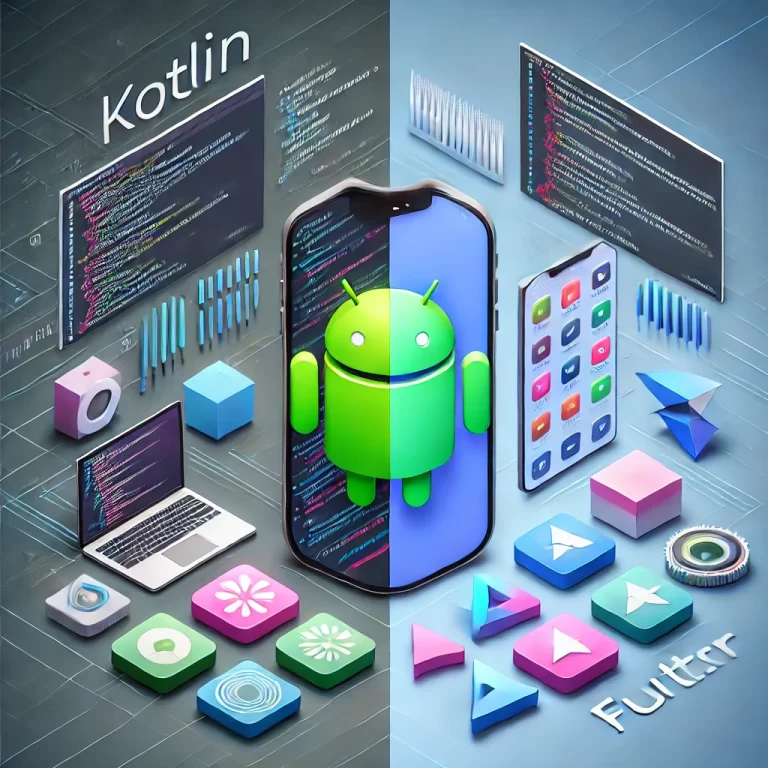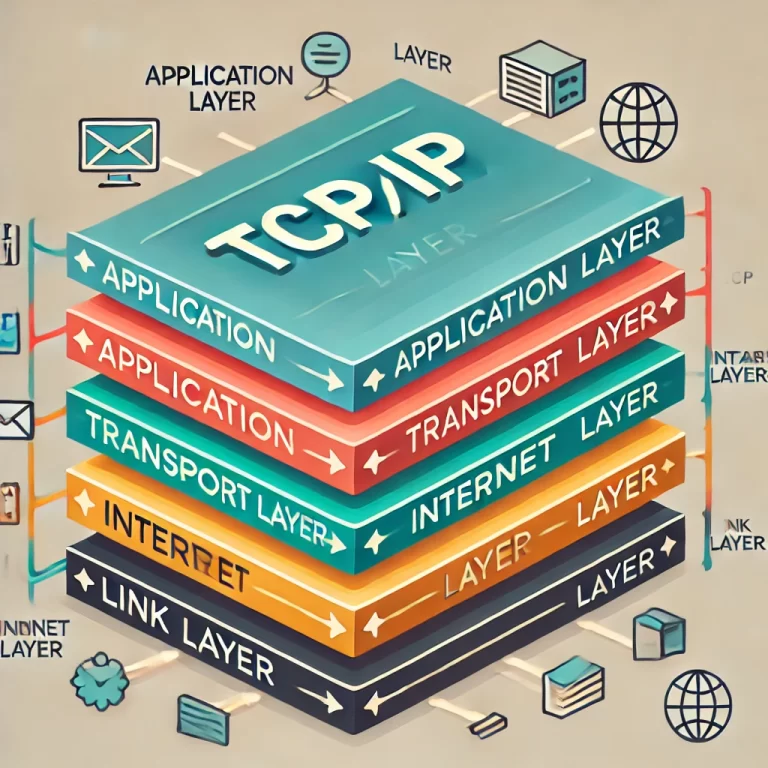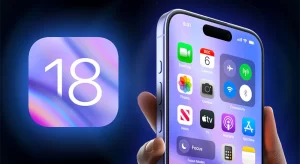React Native and Flutter are two popular frameworks for building cross-platform mobile applications. Both have their unique features, strengths, and weaknesses, making them suitable for different types of projects. Here’s a detailed comparison to help you decide which framework might be better for your needs:
1. Language and Syntax
- React Native:
- Uses JavaScript, a widely-used language with a vast ecosystem.
- Follows a declarative style similar to React.js, making it easier for web developers familiar with React to get started.
- Allows the use of TypeScript for type safety.
- Flutter:
- Uses Dart, a language developed by Google. Dart is less popular than JavaScript, but it is easy to learn for those familiar with object-oriented programming languages.
- Flutter’s syntax is quite different from JavaScript and can have a steeper learning curve if you’re not already familiar with Dart.
2. Performance
- React Native:
- Uses a bridge to communicate between JavaScript and native components. This can sometimes lead to performance bottlenecks, especially in complex applications with many native modules.
- However, performance is generally acceptable for most applications, especially with optimization.
- Flutter:
- Compiles to native ARM code, which can provide better performance than JavaScript. It doesn’t rely on a bridge to communicate with native components, reducing performance overhead.
- Flutter’s performance is often on par with or better than React Native, especially in graphics-intensive applications.
3. UI Components and Design
- React Native:
- Provides a set of basic native components (like buttons, text inputs, etc.) that map directly to the platform’s native UI elements.
- UI consistency across platforms can be a challenge, as it relies on native components, which can behave differently on Android and iOS.
- Flutter:
- Offers a rich set of customizable widgets for creating UIs that look the same across platforms.
- Because Flutter uses its rendering engine, the app’s look and feel can be controlled more precisely, leading to a more consistent cross-platform experience.
4. Development Experience
- React Native:
- Offers a fast refresh feature (Fast Refresh) that helps developers see changes instantly, making development faster.
- A mature ecosystem with a wide range of libraries and tools.
- Strong community support and a vast amount of resources available.
- Flutter:
- Also has a hot reload feature that allows developers to see changes immediately without losing the current state of the application.
- Excellent tooling support with Dart, including a robust set of debugging tools.
- Google actively maintains and updates Flutter, and it has a rapidly growing community and ecosystem.
5. Ecosystem and Libraries
- React Native:
- Extensive ecosystem with a lot of third-party libraries, modules, and tools. However, some may lack maintenance or support.
- Benefit from the larger JavaScript ecosystem, making it easier to find solutions and integrate with other JavaScript-based tools and libraries.
- Flutter:
- Has a growing ecosystem with an increasing number of libraries and tools.
- Dart packages are generally well-maintained, but the ecosystem is smaller than JavaScript’s.
- Google supports a significant number of Flutter packages, ensuring good quality and integration.
6. Community and Support
- React Native:
- Developed and maintained by Facebook. Has a large and active community, with extensive documentation and numerous tutorials, articles, and forums.
- Many companies and developers contribute to the ecosystem, creating a wealth of plugins and third-party tools.
- Flutter:
- Developed and maintained by Google. The community is growing rapidly, with a good amount of resources, tutorials, and documentation available.
- Strong backing from Google means consistent updates and improvements, with increasing adoption by companies.
7. Maturity and Stability
- React Native:
- More mature, having been around since 2015. This means it has had more time to iron out bugs and improve stability.
- Widely used in production by many large companies (e.g., Facebook, Instagram, Airbnb).
- Flutter:
- Newer, with its first stable release in 2018. While it’s rapidly maturing, it may still have some rough edges.
- Gaining traction quickly and already used in production by many companies (e.g., Google, Alibaba, Tencent).
8. Adoption and Use Cases
- React Native:
- A good choice for applications that need to be close to the native look and feel, especially if you have a team with JavaScript experience.
- Suitable for apps where sharing code between web and mobile is advantageous.
- Flutter:
- Ideal for applications that require a highly customized UI or where consistent performance is crucial.
- Great for projects where a uniform design and look are important across platforms.
Conclusion
- Choose React Native if you have a team with strong JavaScript skills, need to share code between web and mobile apps, or require closer integration with native modules.
- Choose Flutter if you want a more consistent cross-platform experience, need high performance, or want more control over the UI and design.
Both frameworks have their strengths and are well-suited for different types of projects. Your choice should be based on your specific needs, team skills, and the nature of your project.





